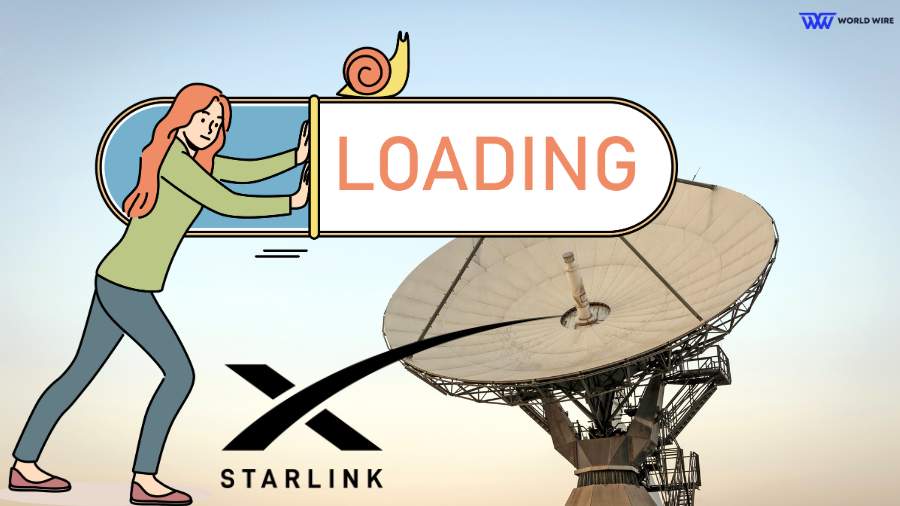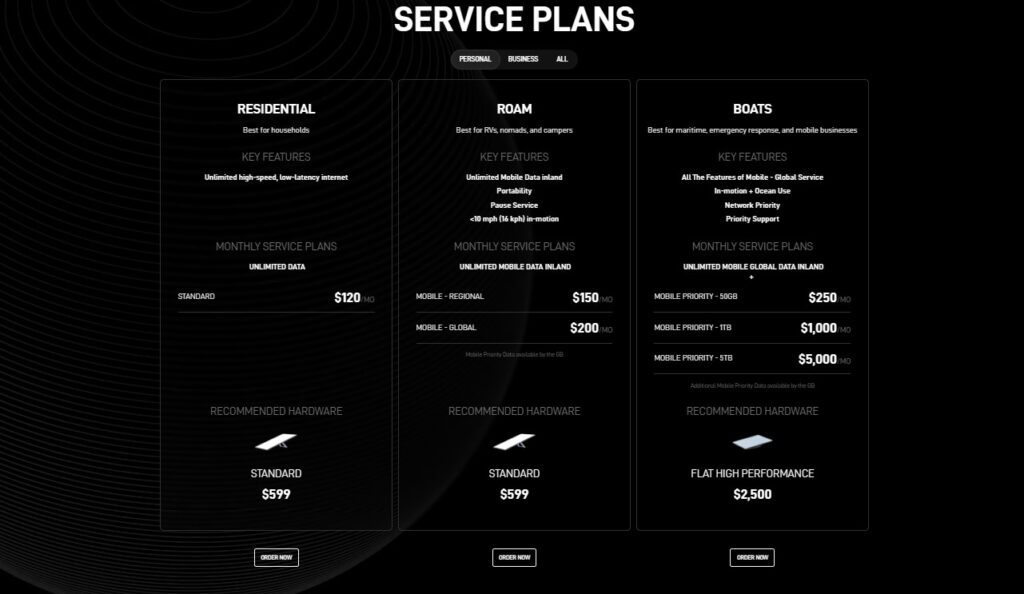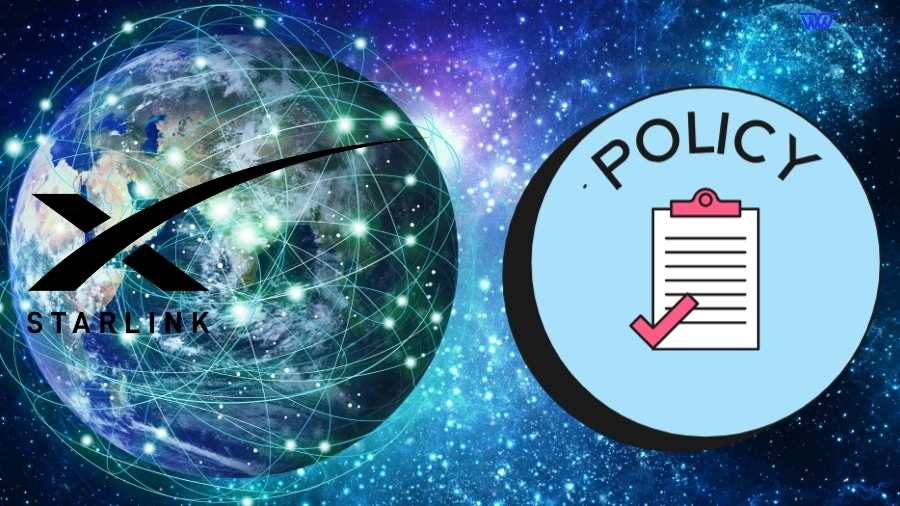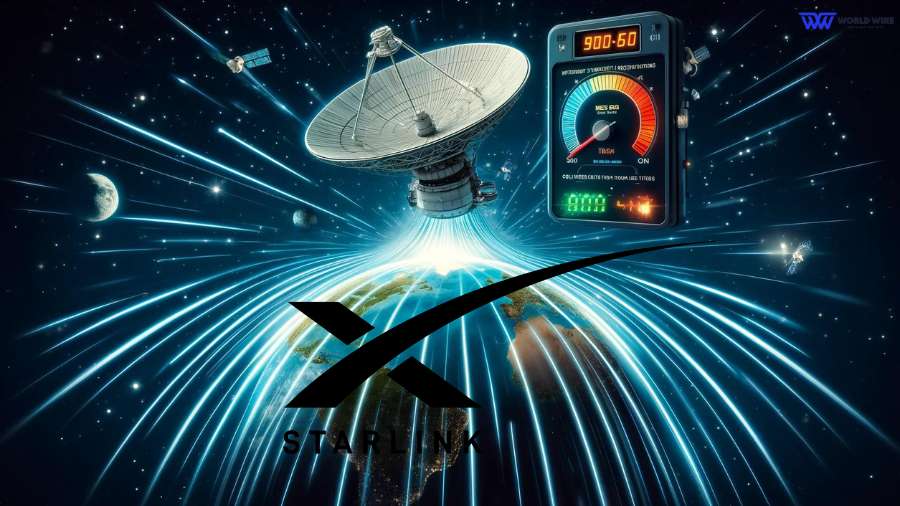Is your Starlink internet speed go down after several hours of usage, and you are wondering, Does Starlink Throttle Data? If yes, then you have stumbled upon the right article.
Data throttling is when your internet company intentionally slows down your connection if you exceed your data limit.
They do this to ensure everyone gets fair internet during busy times and prevent the network from getting too crowded.
If you use a lot of data, they might slow your speed to keep the network running smoothly for everyone.
I recently signed up for Starlink, hoping for a high-speed internet connection that would allow me to keep up with my work and entertainment needs without interruptions.
After some extensive use, I began to notice that my internet speeds slowed significantly during peak hours.
This led me to wonder if Starlink might be throttling my data speeds.
As someone who relies heavily on a stable and fast internet connection, I found this issue crucial to explore.
After some research, I discovered that Starlink throttle data once you have consumed all the priority data.
I have shared everything you need to know about Starlink Data Throttle in this article. I hope it helps.
So, without any further ado, let’s get started.
Does Starlink Throttle Data?

Now, let’s discuss “Starlink Throttle Data.” Starlink never cuts off your internet connection if you spend a lot of time online.
Instead, it sets a strict limit on internet data once the priority data is consumed. Let me clarify this with an example: If you have signed up for a Starlink business plan that costs $140/MO and offers 40GB of data.
This means that you will recieve network priority up to 40GB; after that, there is a chance that your Starlink will throttle data.
So, if you need priority, you can sign up for Starlink Business, which provides a lot of data, up to 2 terabytes per month, which is usually more than enough for most people.
But plans for regular households, such as Starlink Standard and Starlink Roam Regional, have stricter rules about how much high-speed data you can use before your internet slows down.
Why Does Starlink Throttle Data Speed?
Starlink gives its users super-fast internet, ranging from 25 to 220 Mbps for downloads and 5 to 25 Mbps for uploads.
However, some plans have a set amount of high-speed data you can use each month. If you use more than that, your internet might slow down when the network is busy.
Moreover, Starlink throttles the speed to keep its network safe from viruses and manage the number of people using it simultaneously.
As more people join Starlink, they need to ensure there’s enough internet for everyone so that they might slow things down during busy times.
Starlink Data Plans and Caps

Let’s learn about Starlink’s data plans and any limits they may have, including details on data caps and how they affect Starlink Throttle Data.
Starlink Data Plans
Starlink offers 4 tiers of data prioritization, each associated with different internet plans. They are mainly categorized as.
| Tier | Starlink Data Type | Best For | Priority | Cost |
| 1 | Standard | Best for households | No Network Priority | $120/MO |
| 2 | Standard Priority |
Best for businesses and high-demand users |
|
|
| 3 | Mobile | Best for RVs, nomads, and campers | No Network Priority | $150/MO to $200/MO |
| 4 | Mobile Priority | Best for maritime, emergency response, and mobile businesses |
|
|
Starlink Standard Data limits
The Standard Service Plan offers customers unlimited “Standard” data each month, which costs @$120/mo. And is meant for personal or household use.
However, if some users consistently use more data than typical residential users, Starlink might temporarily reduce their internet speeds to prevent congestion.
This could affect activities like streaming videos, gaming, or downloading large files. Customers with high data needs may consider upgrading to the Priority Service Plan for a better experience.
Starlink Pay As You Go Data Limits
| Plan | Pricing | Data |
| Starlink Mobile Regional | $150.00/mo. | Unlimited Mobile Data |
| Starlink Mobile Global | $2000.00/mo. | Unlimited Mobile Data (worldwide) |
| Starlink Mobile Priority |
|
|
Starlink offers special plans for people who travel a lot, like RV owners or boaters.
These plans range from $150/MO to $5,000/MO, and data options range from 50GB to 5TB, depending on how much you need and where you’ll be using it.
If you’re on the go, you might experience slower internet than at home, but you won’t lose your connection entirely.
Starlink has to manage its network to ensure everyone gets fair access so that some plans might have faster speeds than others.
Once your priority data is over, you can pay extra for priority data. It’s more expensive, but it’s worth it if you need to work from remote places.
Look into Starlink Mobility or Starlink Maritime plans if you want the fastest internet while traveling or boating.
Starlink Business Plan Data Limits
| Plan | Pricing | Data |
| Priority-40 GB | $140/mo. | 40GB of Priority data |
| Priority-1 TB | $250.00/mo. | 1TB of Priority data |
| Priority-2 TB | $500.00/mo. | 2TB of Priority data |
Starlink offers special internet plans for businesses with different amounts of priority data and prices. For example, you can get 40GB for $140/month, 1TB for $250/month, or 2TB for $500/month.
Business customers with 1TB priority data can access faster internet and buy more priority data if needed. This means their internet is a priority over regular and mobile customers in their area.
As a Starlink Business customer, you won’t experience slower speeds or deprioritized data types.
If you want clear and fast internet, the Business plan might be better than a regular residential plan, but it can cost more.
How Does Starlink Ensure Fair Usage Among Its Subscribers?

Starlink ensures fair usage among its subscribers through various methods:
Network Management
Starlink manages its network to prevent congestion and ensure equitable user access. This may involve prioritizing certain types of traffic or limiting speeds during peak usage times.
Data Prioritization
Different plans may have different priority levels, with higher priority plans receiving faster speeds or better service during busy periods.
Data Caps or Thresholds
While Starlink doesn’t have traditional data caps, it may implement undisclosed usage thresholds, which could reduce speeds for users who exceed them.
This helps prevent excessive usage that could impact the experience of other subscribers.
Pricing Structure
By offering tiered pricing plans with varying data allowances and speeds, Starlink encourages users to choose plans that best fit their needs, distributing network resources more efficiently.
User Experiences with Starlink Throttle Data
User experiences with Starlink Throttle Data vary. Some users report experiencing reduced speeds during peak usage times or after exceeding certain undisclosed usage thresholds.
This can result in slower internet speeds, particularly in areas with high network congestion.
However, other users may not notice significant throttling or find their speeds consistent throughout usage.
Factors such as location, network congestion, and individual usage patterns can all influence the likelihood and severity of data throttling experienced by Starlink users.
While some users may encounter Starlink Throttle Data issues with Starlink, others may not experience significant disruptions to their internet service.
Tips to Avoid Starlink Throttle Data

Starlink Throttle Data can be a hassle when you need the internet. It’s hard to predict when Starlink will lift the limits on your service after hitting a data cap. But here are some ways to avoid throttling:
- Connect when fewer people are online, like during off-peak hours. Starlink often slows down during busy times, so picking quieter times can help.
- Keep an eye on your internet usage. Only go online when needed; try not to use up all your data too quickly.
- Consider limiting how much time your family, Starlink guest network users, or business spends online. This way, you won’t hit your data cap as fast.
- Starlink offers higher service plans for heavy internet users. You might want to upgrade to one of these plans to get faster speeds without worrying about throttling.
FAQs
Does Starlink Deprioritize You Based on What You’re Doing Online?
No, Starlink doesn’t deprioritize users based on their online activities. Whether you’re watching videos or working on important tasks, everyone gets fair access to the network.
What should I do if I experience unexpected data throttling on Starlink?
If you encounter unexpected data throttling on Starlink:
- Check your usage and plan details.
- Contact customer support for assistance.
- Ensure your setup is correct.
- Stay updated on network status.
- Consider upgrading your plan if necessary.
- Explore alternative internet options if issues persist.
What is Starlink’s Fair Use Policy?
Starlink’s Fair Use Policy ensures fair distribution of network resources and equal treatment of internet traffic. They manage network traffic to balance supply and demand without discriminating based on content or sender.
Can heavy internet usage affect my Starlink connection speed?
Yes, heavy internet usage can potentially affect your Starlink connection speed. Increased usage by multiple users in your area or during peak times may lead to congestion and slower speeds for individual users.
How does geographical location affect Starlink’s service quality and data throttling?
Geographical location impacts Starlink’s service quality and data throttling. Coverage, network congestion in densely populated areas, latency due to distance from satellites, and weather conditions can affect connectivity and speed.







Add Comment